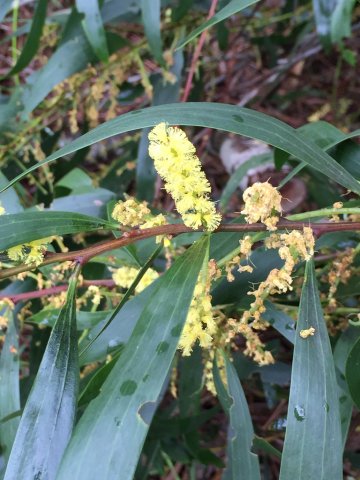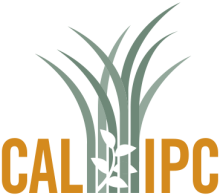Climate Matching Map
1. Question 1
2. Question 2
USA (California), South Africa, Southern Europe (Spain, Portugal, southern France, Italy), Western Australia (disjunct from native range). (GBIF)
The following areas where the species has naturalized are dissimilar in climate:
New Zealand (North Island),
South America (east coast of Argentina, Uruguay, Colombia)
3. Question 3
Several published scientific papers list the species as invasive. (Marchant et al. 2008, Rodríguez-Echeverría et al. 2009)
4. Question 4
Several published scientific papers list the species as invasive in the Mediterranean in areas that are similar in climate. (Marchant et al. 2008, Rodríguez-Echeverría et al. 2009)
5. Question 5
3 other Acacias are on the California Invasive Plant Council Inventory as of this writing (January 2020) (Cal-IPC, 2020)
6. Question 6
USA (California), South Africa, Southern Europe (Spain, Portugal, southern France, Italy), most of the Southeastern Australia (native range), central Australia, Western Australia (disjunct from native range), a small area in central Japan. (GBIF)
The following areas where the species has naturalized are dissimilar in climate:
New Zealand (North Island), South America (east coast of Argentina, Uruguay, Colombia),
7. Question 7
8. Question 8
"In terms of changes in fire regimes, the presence of A. longifolia (especially thickets) increases the risk and intensity of fires." (Global Invasive Species Database)
9. Question 9
No significant information found on the FDA poisonous plants database.
Not listed in the Canadian Poisonous Plants Information System - Canadian Biodiversity Information Facility (CBIF).
10. Question 10
The species is noted to form thickets, growing wide on many stems (Global Invasive Species Database).
11. Question 11
12. Question 12
13. Question 13
Kew indicates that 50 year old seed is 12% viable [Kew Seed Information Database]
14. Question 14
"Acacia longifolia produces large quantities of seeds annually (up to 11,500 per tree), which are thought to be viable for 50 years. In Portugal often more than 90% of the seeds are viable (E. Marchante, pers. comm.)." (Global Invasive Species Database).
"Acacia longifolia plants in long‐invaded and recently invaded areas produced similar amounts of seeds (average under the canopy, 12000 seeds · m–2) each season..." (Marchante et al. 2010)
15. Question 15
Some research indicating high viability (95%), but some dormancy. This research also indicates that the species is fire sensitive as opposed to requiring fire (Auld & O'Connell 1991).
16. Question 16
17. Question 17
18. Question 18
19. Question 19
20. Question 20
Evaluation Notes
New Climate Match link and pdf added 10/24/2025 after original PRE was completed. Minor edits made to references. (J. Burger)




